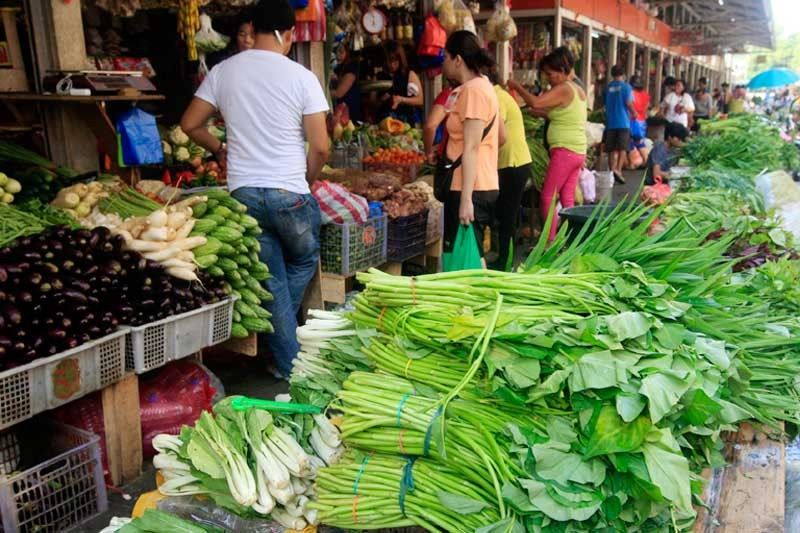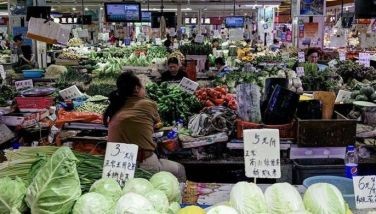Farm output shrinks amid El Niño, rice tariffication

MANILA, Philippines — The country’s agricultural sector reported a 1.27 percent drop in production in the second quarter, mainly due to a decline in the output of the crops sub-sector.
For the first semester, the farm sector declined 0.24 percent, a reversal of the 0.63 percent growth recorded in the same period last year.
Crops, which accounted for the bulk of total agricultural production, declined 5.7 percent with palay (unhusked rice) and corn decreasing 5.8 percent and 8.7 percent, respectively.
Palay production decreased to 3.85 million metric tons (MT) while corn production fell to 1.17 million MT.
At current prices, the crop sub-sector grossed P215.5 billion, down 11 percent year-on-year. The opening of the rice industry to more imports following the implementation of the rice liberalization law led to the continued drop in prices of local palay.
PSA attributed the decline to lesser harvested areas due to inadequate rainfall while harvestable palay was adversely affected by the dry spell.
Decline in the production of major crops such as coconut, sugarcane, banana, and cassava was also noted.
Production gains, however, were recorded in other crops such as pineapple, mango, tobacco, abaca and rubber.
Newly-appointed Agriculture Secretary William Dar said the sector’s performance only shows how much more needs to be done to improve the industry.
“The strategy I have outlined in terms of the development framework, strategies, programs and even existing projects need strengthening and reorientation for us to push the sector up,” Dar told reporters on the sidelines of a weekly forum yesterday.
For second semester, the DA is targeting at least 1.5 percent growth, which is in line with its target of four percent expansion in the next three years.
Agricultural economist and University of Asia and Pacific professor Rolando Dy said the negative growth was expected already.
“2019 will likely be flat. The government must push cash transfers to rice farmers in the next two to three seasons to revive production,” Dy told The STAR.
“The average agriculture growth under President Duterte from 2017 to 2019 would be 1.6 percent including 2017 post-drought recovery,” he said.
Meanwhile, the agricultural sector grossed P425 billion, down five percent.
The total value reached P853 billion, four percent lower than the previous year.
Livestock production, which comprised 17 percent of the aggregate output, improved 3.22 percent. Gross earnings went down two percent to P77.7 billion.
PSA said the increase was due to the increase of hog production, sustained demand for pork, and farm expansion.
Poultry likewise increased 4.14 percent, representing 18 percent of the total agricultural output. Gross earnings in the sector went down two percent to P56.7 billion.
The expansion of commercial broiler farms capacity and the culling of unproductive layers contributed to the growth of the sub-sector.
The fisheries sub-sector, which made up 17 percent of total farm output, also increased by two percent in volume and nine percent in value to P74.7 billion.
- Latest
- Trending































